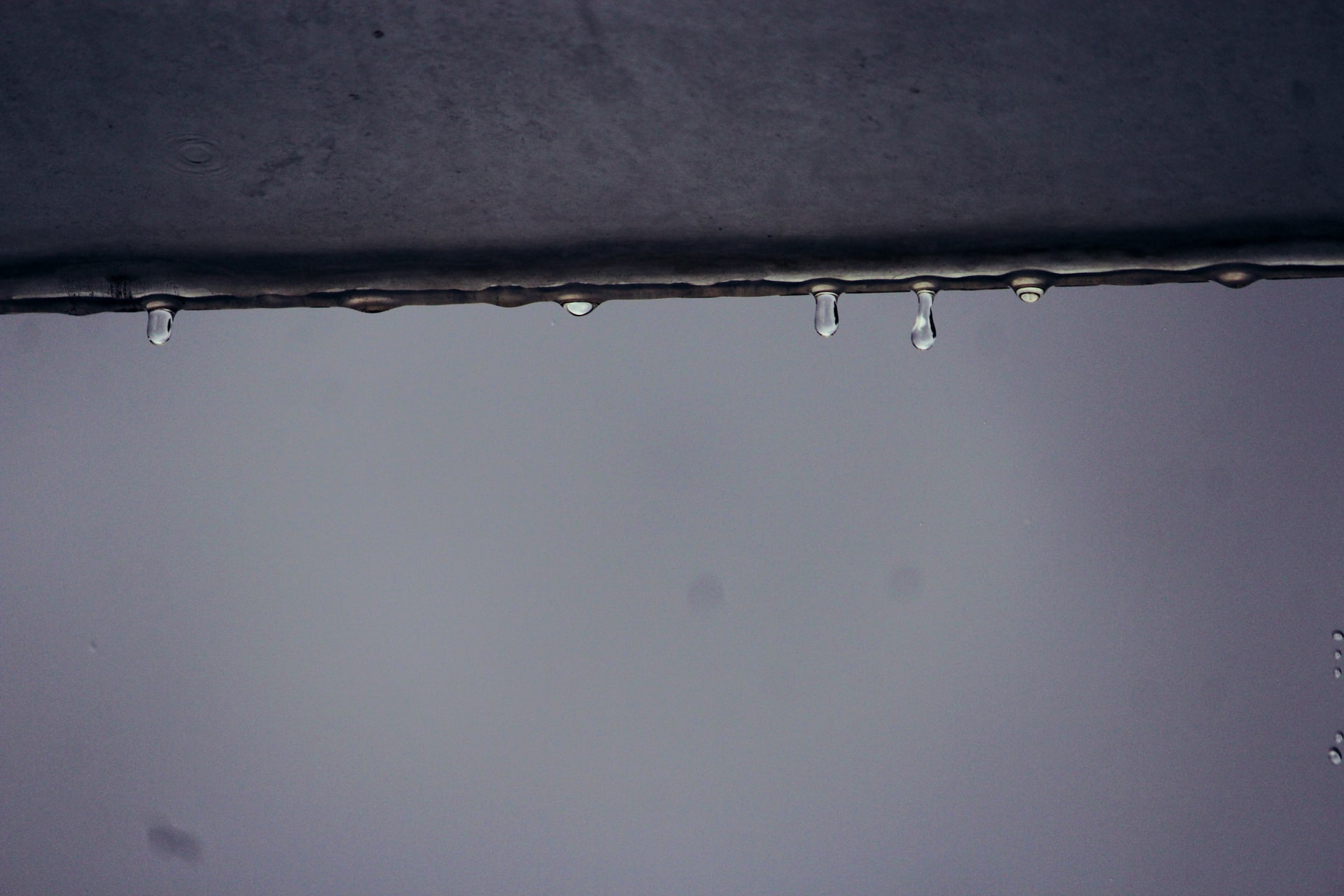If you find yourself researching solutions to basement flooding or you’ve spent some time on any plumbing website, you might have seen talk of sump pumps. What is a sump pump? They’re tools made for preventing flooding and pooling in basements, primarily. Let’s take a look at how they work and how a sump pump could help you.
How Are They Installed?
Sump pump installation is somewhat extensive, so they’re usually used only in situations where it’s strictly necessary. Sump pumps are installed beneath floor level. Because these are most frequently used in unfinished basements, a hole is usually cut into the exposed, cement floor.
The body of the sump pump is the sump basin, which is fitted into the hole in the floor. These basins can vary in size, but are usually around two feet deep. This basin is for collecting water and moisture that would otherwise settle and pool on the basement floor. It houses the rest of the sump pump as well.
Sump basins – and therefore pumps – can also be installed underneath a layer of flooring. For finished basements with little integrity in the subfloor’s waterproof qualities, this is vital. Here’s why:
What Are They For?
A sump pump’s entire purpose is moving water away from the house. In an unfinished basement, this ensures that it doesn’t flood. However, for finished basements, this does even more.
First, you should put a waterproof, protective layer between the flooring and the subfloor. This keeps any moisture from damaging the flooring or causing mold growth and wood rot. Then, the next hurdle is ensuring that that space between the waterproof layer and subfloor doesn’t just flood with water. That’s where the sump pump comes in. It collects any water between the protected flooring and the subfloor and escorts it away from your home.
How Do They Work?
Sump pumps, as you know, are for moving water away from the house. But, how do they work? It’s actually quite interesting! Sump basins have a sensor in them to detect water. This sensor can be adjusted to sit at any level you like. If you want faster water removal, it can be set a few inches from the bottom. If you’re not in any hurry, you can put it closer to the top.
As moisture drips and water runs into the basin, the sensor will notice when it’s been reached and will trigger the pump to begin pumping water out. Water is then pulled from the basin and pumped through a pipe into the ground some distance from the house. This distance can vary, but is usually more than 10 feet away, going as far as 30 or more.
By moving the water this far away from the house, as it soaks back into the earth, it will not be able to reach the house’s foundation again. While the ground is certain to get wet near the house again as rain and snow moves down through the dirt, this system of repeatedly removing the water keeps it from settling in your basement indefinitely.
Do I Need One?
If you have basement moisture, pooling, or flooding problems, you need to have one of POM Plumbing’s experts come visit your home. An assessment may reveal that a sump pump is exactly what you need. However, there are many other problems that cause moisture and leaks in the basement, and we want to find the solution that’s right for you.


